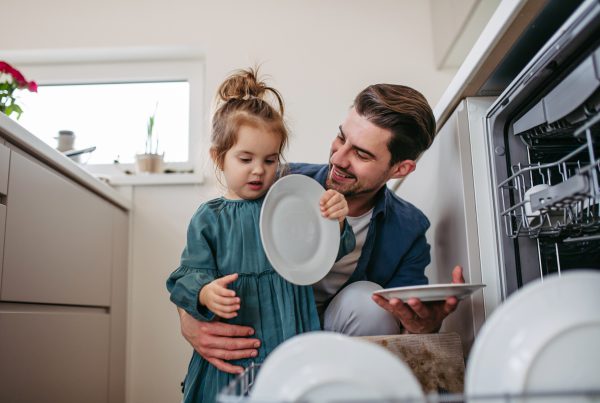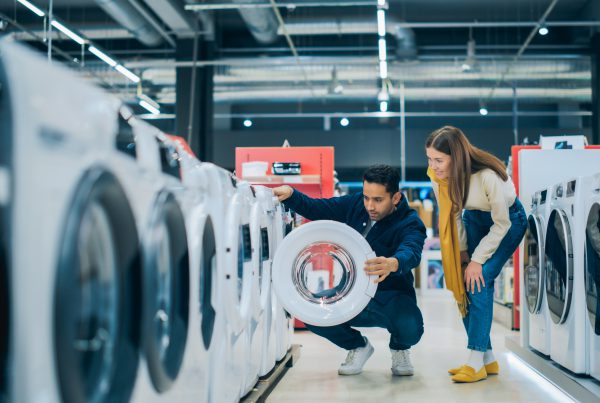It can be frustrating when your fridge is not cooling, especially when your freezer seems to be working fine. But fear not—we’re here to help you troubleshoot and resolve this problem. We’ve listed a few solutions to help get that warm fridge back up and running, ensuring your food stays fresh and your worries melt away.
Check the Temperature Settings
First things first, ensure that the temperature settings for your refrigerator are properly adjusted. The settings are usually located on the inside near the top, or on an external control panel. Make sure that the temperature dial hasn’t been accidentally turned to a warmer setting. The ideal temperature for a refrigerator is 40 degrees or lower.
Check for Overstuffing
Take a moment to assess whether or not your fridge may be too full. An overloaded fridge disrupts airflow and hampers cooling efficiency. Blocked air vents and poor circulation result in uneven temperatures and higher energy consumption. Keep your fridge organized, leave space between items, and regularly declutter to optimize your refrigerator’s performance. If your household requires a lot of space for refrigeration, consider expanding your capacity with a mini fridge or a second refrigerator.
Clear Air Vents and Fan
Next, take a closer look at the air vents and fan located inside the fridge compartment. These vents and the fan help circulate cold air throughout the refrigerator. As mentioned above, they can be blocked by food items, but they can also be blocked by buildup of other debris. If this occurs, the cold air may not reach the fridge section, resulting in inadequate cooling. Carefully remove any blockages to ensure proper airflow. If fans stay immobile after cleaning, they may need to be replaced.
Defrost the Evaporator Coils
In some cases, the evaporator coils in your fridge may become frozen, leading to insufficient cooling. To resolve this, you’ll need to defrost the coils. Begin by unplugging the refrigerator and emptying both the freezer and fridge compartments. Allow the coils to thaw naturally or use a gentle heat source like a hairdryer on a low setting. Be patient, as this process may take a few hours. Once the ice has melted completely, plug the refrigerator back in and see if cooling improves.
Inspect the Door Seals
Faulty door seals can often be a sneaky culprit behind refrigerator cooling issues. Over time, seals can wear out or become loose, causing warm air to seep into the fridge. Examine the door seals for any visible damage or gaps. If you notice any issues, clean the seals and try reseating them properly. In case of severe damage, you may need to replace them.
Call in the Professionals
If you’ve tried the above troubleshooting steps and your fridge still isn’t cooling properly, it’s time to seek professional assistance. Certified technicians possess the expertise to diagnose and repair complex refrigerator problems. Don’t hesitate to contact a reliable appliance repair service to ensure a thorough inspection and prompt resolution.
Consider Upgrading
If you have an older unit or repairs would cost more than your fridge is worth, it might be time to make an upgrade. Aaron’s has a wide selection of refrigerators and affordable payment plans so you can keep your food fresh without breaking the bank. Plus, when you rent to own refrigerator with us, delivery and repairs are included! Check out our refrigerator shopping guide for useful tips on choosing a replacement.





